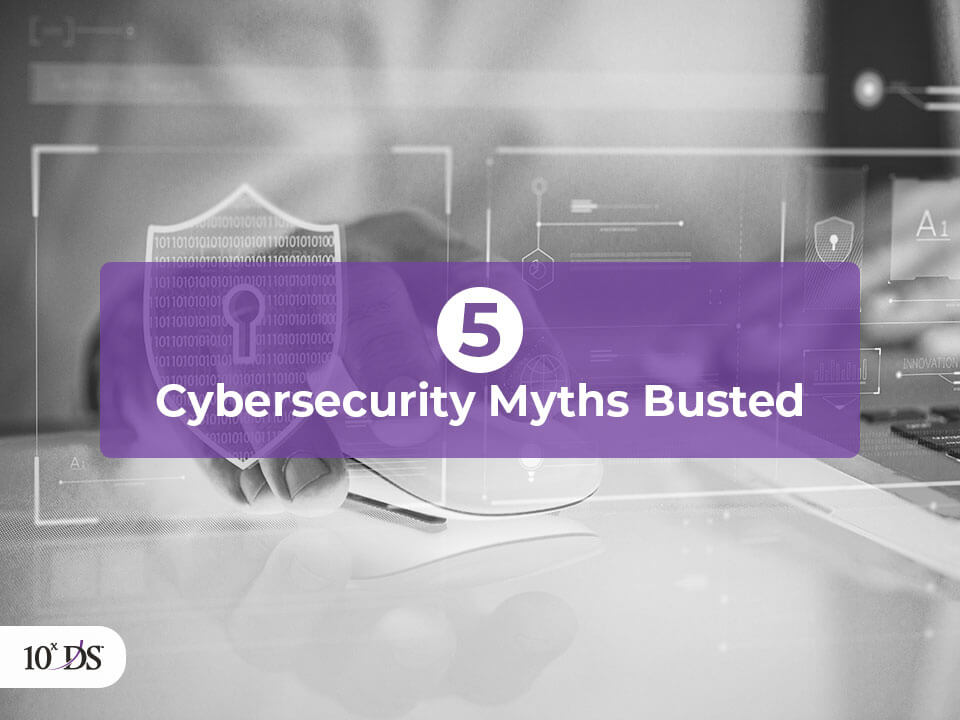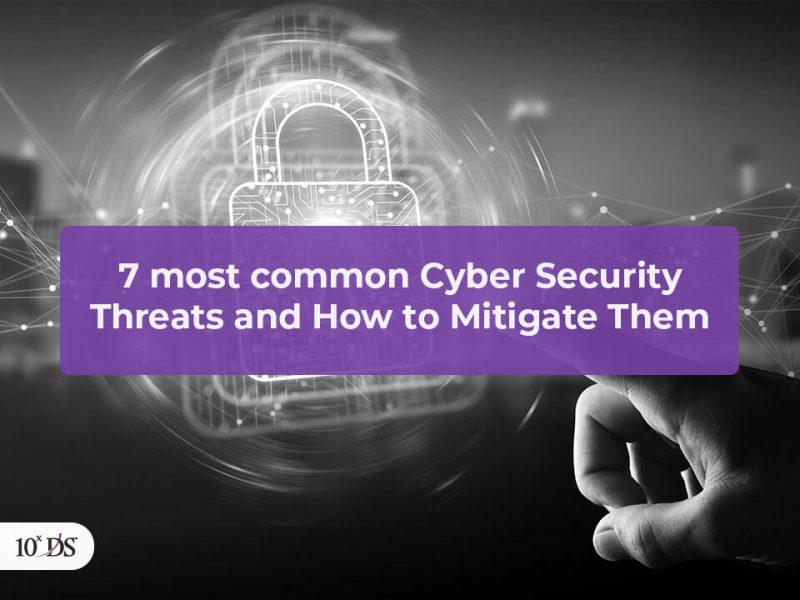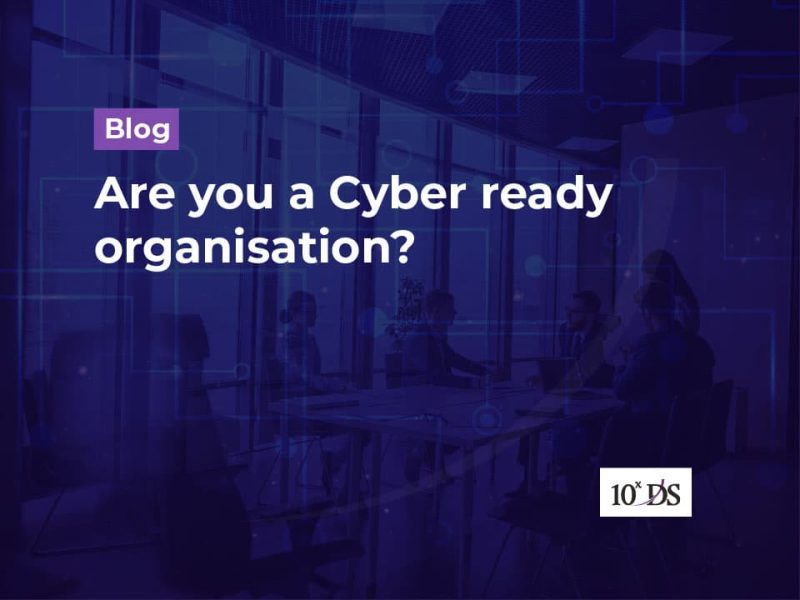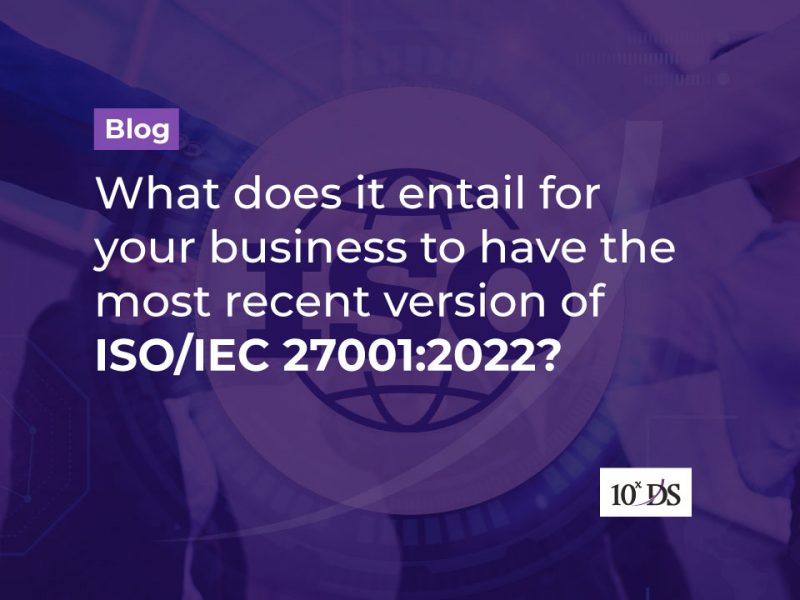
5 Cybersecurity Myths Busted
Today, cybersecurity is undoubtedly one of the most critical aspects of business across the globe. Companies getting increasingly aware of its importance and have started to invest in setting up procedures and practices. However, some companies and people still believe in and fall for certain myths and misconceptions putting their system and whole organization at huge risk.
Let’s look at top five most common cybersecurity myths you need to stop believing right now:
Myth 1: It won’t happen to a small company
This is one of the most common and a really silly excuse or myth that people believe in and it needs to be busted right now. First and most important thing to understand here is that the cyber attackers do not care whether your organization is small or big. It’s far easier for the attackers to hack or attempt a cyber-attack on a small company.
Many people believe in this majorly because they think that the data they have may not be of huge value to attackers or what will they get out of attacking a small company. Most attacks are unknown, and people do not realize and only when organizations like Yahoo or Equifax gets attacked it becomes news.
Small and Medium scale companies usually invest less in fortifying their cyber-defences. In fact, the 2019 Data Breach Investigations Report by Verizon says that 58% of data breach targets are small businesses.
The whole mindset on cybersecurity should be changed to “When we will be attacked?” rather than thinking “Will we be attacked”. Otherwise, small organizations will have full confidence in their security systems and become ever vulnerable to an attack.
Myth 2: It’s the IT team’s responsibility, not my worry
This is far from the truth. Agreed, IT support teams are usually responsible for implementing cybersecurity processes and policies, but to keep the cybersecurity system intact people should follow the policies and systems – ad verbum.
Employees should stay alert, be aware of the policies or type of attacks. One of the common ones such as phishing or spoofing attacks using e-mail messages can be dangerous compromising security by spreading the virus or malware across all the departments within the organization.
Myth 3: All Cyber-attacks are targeted
This is another misconception many people have about cyber-attacks that all are targeted ones. Actually, that’s not always the case. Attackers target vulnerable systems and look for an opportunity to attack.
Its always best to understand the attacks that are targeting you alone and differentiate the opportunistic ones that attack vulnerable systems in general. This way better procedures and systems can be put in place to protect the organization against the attacks.
Myth 4: Antivirus software keeps the system safe from all attacks
Yes, this is another myth that if you are still believing then this may cost you a lot. This would have been true if we went back two decades.
These days, hackers are always researching and scoping for new and innovative ways to circumvent antivirus defences. The best example is that of ransomware attacks becoming more frequent and you may get your information locked in just a matter of seconds.
An antivirus is not always enough to keep your systems and data safe. It is always best to stay abreast of the latest threats and create procedures to protect against such attacks.
Myth 5: Cybersecurity is compromised because of malicious third-party actors
This is again a common misconception for many people as they blame or try to only look at the possibilities of external actors with malicious intentions attacking your organization.
The most common reason for data breaches is human error. However, many times that is the last thing they assess in a security breach incident. It would be better to have a comprehensive analysis of the possible threats, pay attention to internal procedures and check possible loopholes in the systems because the attackers are preying on and exploiting vulnerabilities.
Many times, a lack of proper security training or proper assessment creates the problem. Constant awareness sessions and fostering a strong cybersecurity culture is crucial for following and systemizing various aspects of Information Security Management and Cybersecurity.
Conclusion
People all around the world should stop believing in these cybersecurity myths and misconceptions. This will put the entire organization security at risk of being attacked.
With the increase in the number of automated, complex and sophisticated cyber-attacks, it has become extremely difficult and challenging to keep pace with the modern cybersecurity strategies. Organizations should look at adopting advanced security technologies to minimize risk and protect their critical data assets.
How 10xDS can help?
At 10xDS, we offer a comprehensive suite of cybersecurity and IT risk assurance services to detect, prevent, and proactively respond to security threats. We help organizations to rapidly adapt to changes, mitigate risk and minimize the impact.
Talk to our cybersecurity experts to fortify and safeguard your organization’s critical assets.


